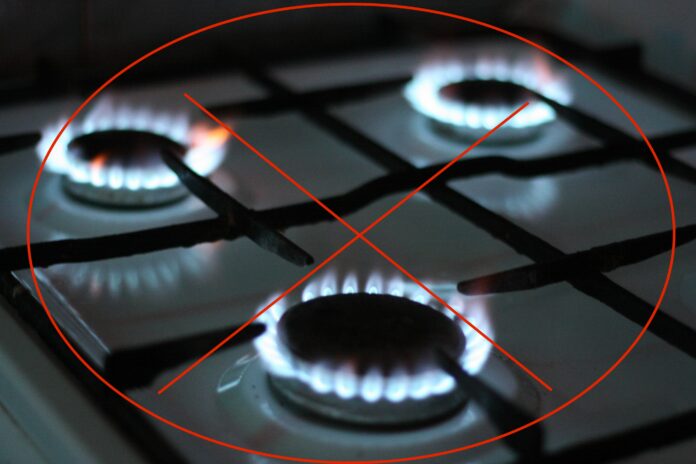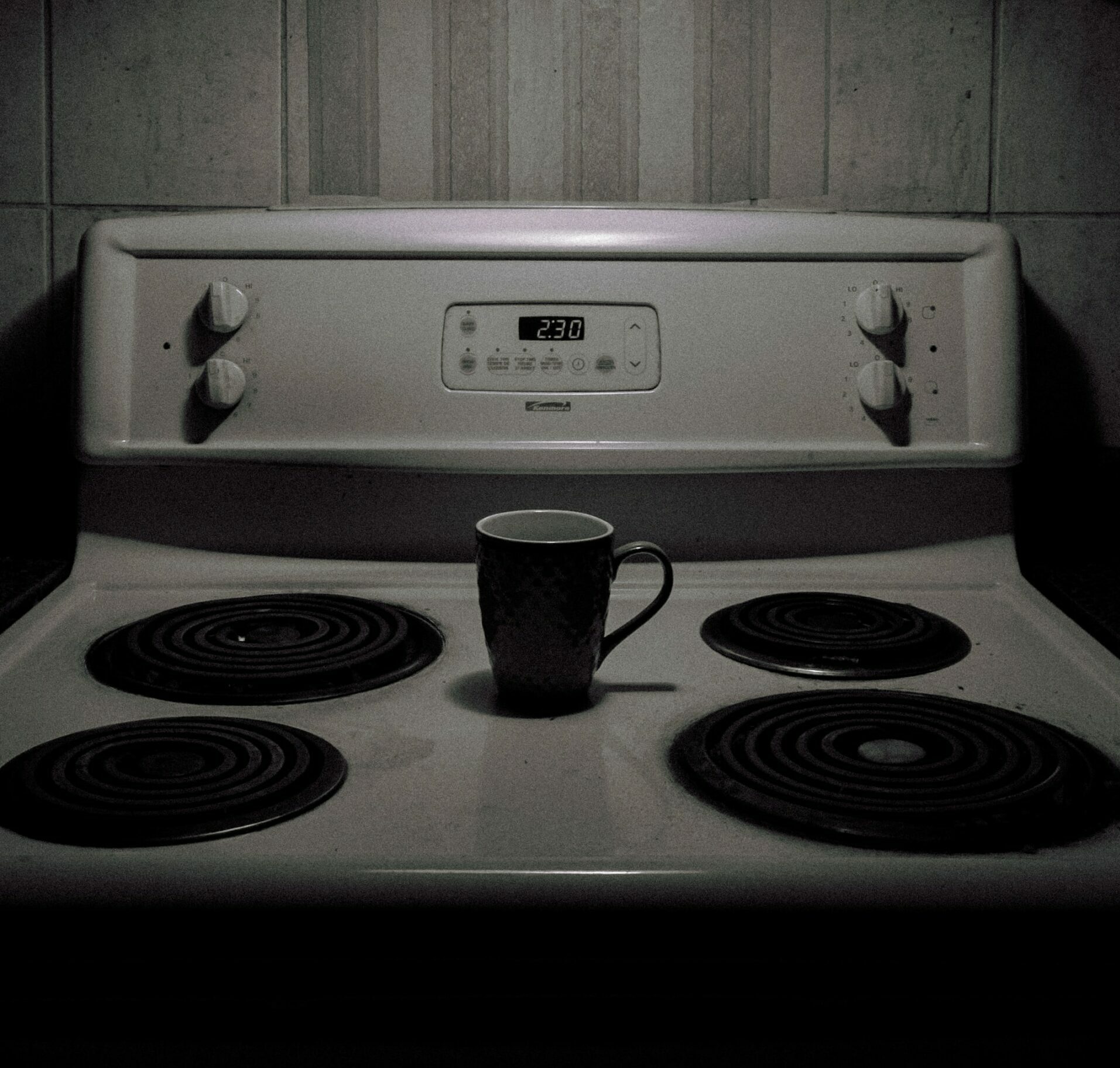The gas stove has been a quintessential part of the American kitchen since the first commercial models hit the market in the 1830s. However, as new discoveries have been made about the negative impact that these appliances have on the environment, New York City has taken the significant step of banning natural gas hookups in newly-constructed buildings. If the passage of this legislation has left you with questions regarding the impact of natural gas or worries about what this means for the gas range installed in your kitchen, read on for more answers.
What Is the Natural Gas Ban?
On December 22nd, former New York City mayor Bill de Blasio officially signed Intro. 2317 into law. This bill prohibits “the combustion of substances with certain emissions profiles”—i.e., fossil fuels—in city buildings and directs the Commission of Buildings to “deny construction documents and permits in connection with a building that would require the combustion of these substances.” Thus, beginning in December 2023, new buildings erected within city limits will be required to abide by strict emissions limits that will prevent developers from installing stoves, boilers, or furnaces powered by natural gas.
Why Is This Measure Being Implemented?
Natural gas has long been touted as the “cleanest” of the fossil fuels, as it releases less greenhouse gas into the atmosphere than a comparable amount of oil or coal. However, the burning of natural gas still emits a significant amount of CO2, and drilling for natural gas can disrupt fragile ecosystems and have a great impact on the environment.
A 2017 survey found that 67% of New York City’s greenhouse gas emissions come from buildings powered by nonrenewable energy sources. Banning the installation of natural gas hookups is part of the city’s ongoing commitment to converting to renewable energy sources. Though other cities in America have adopted similar measures, New York is the largest to do so thus far. The passage of this bill will hopefully help to encourage widespread change across the country.
What Are the Alternatives to Natural Gas?
Under Intro. 2317, new residential and commercial buildings would rely on electricity for heating and cooking rather than natural gas.
While New York City’s electric grid is currently powered predominantly by nonrenewable sources—85% of the city’s electricity is generated by fossil fuels, including natural gas—the city is in the midst of a push to transition to 70% clean electricity by 2030. Once this shift is complete, the ongoing switch from gas to electric heating in city buildings will pay off in dividends and drastically decrease the city’s overall carbon footprint.
Who Does This Legislation Affect?
If you’re one of the thousands of New Yorkers currently cooking on a gas range, you don’t need to fret about city authorities seizing your stove—the prohibition on natural gas hookups only applies to new buildings being built after November 2023. New structures of seven stories or greater will not be impacted until 2027. At the moment, there are no formal plans in place to transition the several million New York City buildings currently reliant on natural gas over to electric hookups.
What Are the Alternatives to Gas Stoves?
If you expect to move into a new building within the next few years or are simply eager to ditch your gas range after learning of their drawbacks, you, fortunately, have several alternatives to choose between.
Coil stoves
Coil Stoves are electric ranges whose heating element consists of a conductive metal coil containing an electric wire. Cookware is placed directly on the metal, making the transfer of heat extremely efficient. Cooking temperature is controlled through a knob or dial on the stove. These tend to be the least expensive option among electric stoves and are also the simplest to repair, as the conductive element is exposed and easily accessible.
If you spill food on your stove’s heating coils, make sure you clean them off with dish soap, baking soda, and water as soon as they’ve cooled in order to prevent burnt food residue from building up. Most coils can be removed from the stove to simplify this process. If the drip pans beneath the coil become permanently stained, it is quite easy to purchase replacements.
Smooth top or ceramic stoves
Smooth top or ceramic stoves function almost identically to coil stoves, but the metal coils are placed beneath a smooth surface of heat-tempered glass and ceramic. This added layer slightly reduces the conductive efficiency of the coils, making smooth top ranges slower to heat up. However, because ceramic does not retain heat for long, they are also quicker to cool down. While ceramic stoves tend to be more expensive than coil stoves and slightly more labor intensive to repair, the smooth surface of these ranges has the benefit of making them extremely easy to clean.
To keep your smooth top stove in the best working order, you must be mindful of the risk of cracking the ceramic surface. It’s very unlikely that this will happen over the course of normal use, but you have to be careful when storing heavy items above your stove that could fall and shatter the ceramic. The ceramic surface can also be prone to scratching, so be sure to use microfiber cloths rather than scouring pads or steel wool. Avoid harsh cleaning products and glass cleaners as well, as ammonia can also damage the cooking surface. Your best bet is to employ vinegar, baking soda, and water, and to use a flat razor to scrape away any stubborn bits of food fried onto the ceramic.
Induction stoves
Induction stoves appear quite similar to smooth top stoves upon cursory inspection, but they actually operate under a completely different set of mechanics. Instead of heating the cooktop surface and then transferring that heat to the cooking implements, induction stoves use copper magnets to heat the cookware directly. As a newer invention, induction stoves are one of the more expensive electric stove options on the market, and they also require the purchase of special magnetized cookware. However, they transfer energy far more effectively than gas rangers or other electric stoves, which conserve electricity and results in swift cooking times. Magnetized heating also means that the cooking surface itself does not get very hot to the touch, which greatly reduces the risk of accidental burn injuries.
This also means that induction stoves are a breeze to clean, as spilled foodstuffs are less likely to become baked onto the cooking surface. As with smooth top stoves, the ceramic of an induction stove scratches easily, so it is best to stick to gentle cleaning products when tidying up your stovetop.
Though transitioning to electric stoves can be somewhat of an adventure for those used to cooking on a gas range, the long-term environmental benefits mean that it is more than worth your while to make the switch!
Sophie McIntosh is a Brooklyn-based writer and dramaturg hailing from Sun Prairie, Wisconsin. Her plays have been produced by Imaginarium Theatre Company, Platform Production Company, and in the Boston Theater Marathon. Check out more of her work at sophiemcintoshwrites.com!





